
Global internet map, not updated
- Be critical of new technologies
- Disruptive technologies
- Rapid prototyping for concrete interventions
- Being comfortable to use fablab and tools
- Personal experience approach to technology
- Collaborative spirits
'Technology is not neutral'
How much do you pollute by posting an instagram picture?
How is it possible that you can copy your webrowser? Someone must have designed that?
Who decided that screenshots should be bad quality to protect property?
What do we do when the technology we create does unexpected things? AI?

Global internet map, not updated
In this two week workshop the whole class discovered the hidden complexity of household artefacts. We use objects every day but we barely how they really function. During the workshop we learnt to disassemble, the functionality and how to hack artefacts. We created groups of six people to start our exploration. Our group was composed of Nuria, Mars, Jorge, Anna, Antu and me.
While disassembling the screen, we were surprised that the backcover didn't have a proper system to be removed. We kind of had to force it to take it apart. The main power cable and the screen stand were missing. The HDMI port was also quite old so we had to find an old cable to connect it.
It's a fun process that helps you understand each component and it's usage. It was also very interesting to understand the industrial fabrication technics of each component and their country of origin.
Each component is produced, shipped from a different country and then assembled elsewhere. Couldn't we reduce travel somehow in the future?
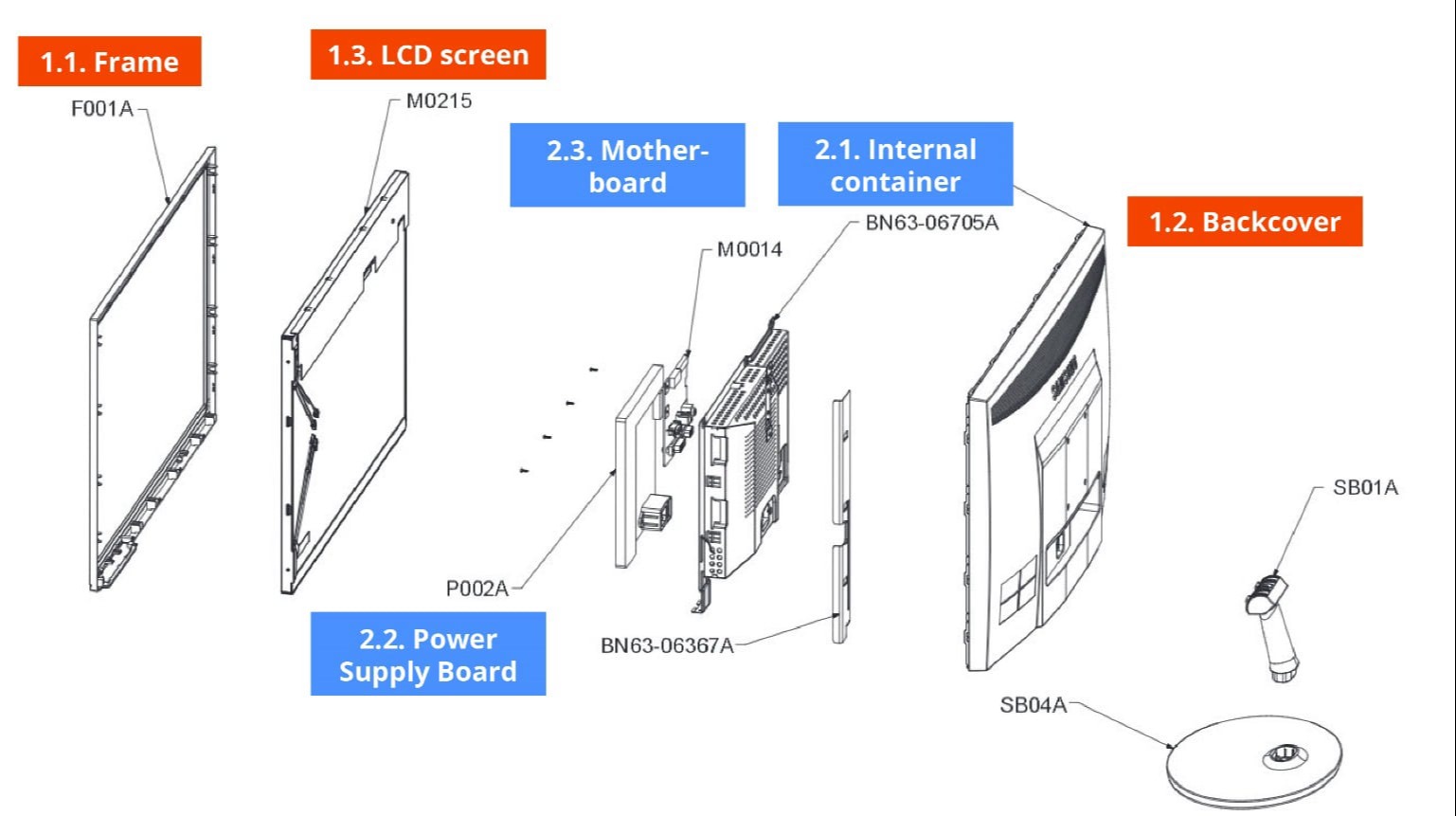
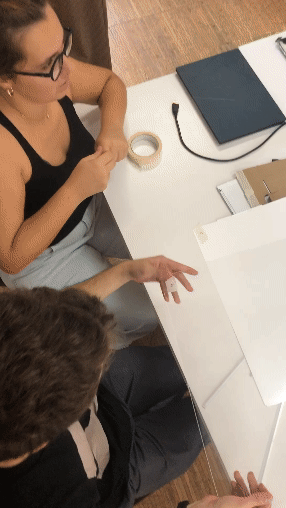
Layers in a screen
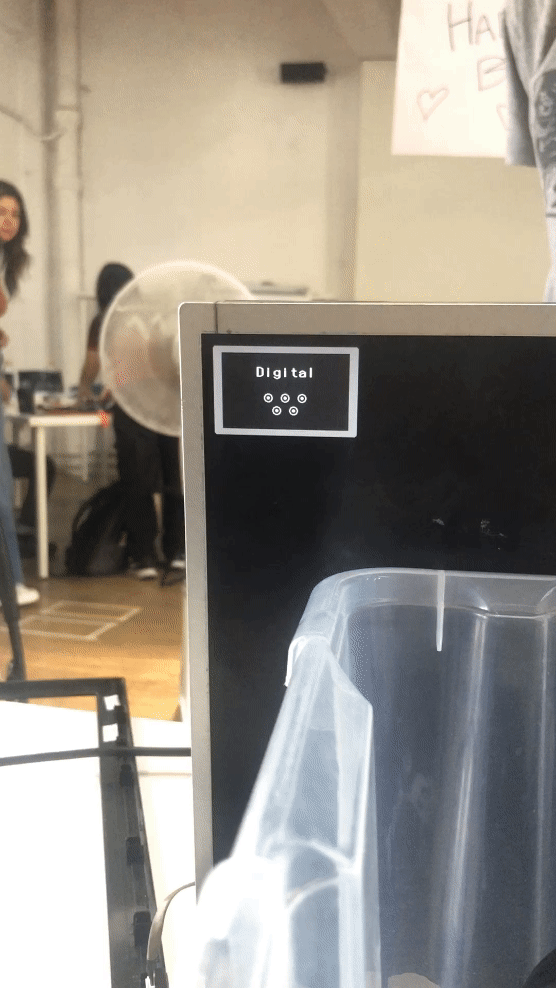
Screen turning on but nothing on it -sadness-
Some of the suppliers of key or interesting parts for the iPhone 5S, 6, and 6S and where they operate, included:
Accelerometer: Bosch Sensortech, based in Germany with locations in the U.S., China, South Korea, Japan, and Taiwan
Audio chips: Cirrus Logic, based in the U.S. with locations in the U.K., China, South Korea, Taiwan, Japan, and Singapore
Battery: Samsung, based in South Korea with locations in 80 countries
Battery: Sunwoda Electronic, based in China
Camera: Qualcomm, based in the U.S. with locations in Australia, Brazil, China, India, Indonesia, Japan, South Korea, and more than a dozen locations through Europe and Latin America
Camera: Sony, based in Japan with locations in dozens of countries
Chips for cellular networking: Qualcomm
Compass: AKM Semiconductor, based in Japan with locations in the U.S., France, England, China, South Korea, and Taiwan
Glass screen: Corning, based in the U.S., with locations in Australia, Belgium, Brazil, China, Denmark, France, Germany, Hong Kong, India, Israel, Italy, Japan, South Korea, Malaysia, Mexico, Philippines, Poland, Russia, Singapore, South Africa, Spain, Taiwan, The Netherlands, Turkey, the U.K., and the United Arab Emirates
Gyroscope: STMicroelectronics. Based in Switzerland, with locations in 35 countries
Flash memory: Toshiba, based in Japan with locations in over 50 countries
Flash memory: Samsung
LCD screen: Sharp, based in Japan with locations in 13 countries
LCD screen: LG, based in South Korea with locations in Poland and China
A-series processor: Samsung
A-series processor: TSMC, based in Taiwan with locations in China, Singapore, and the U.S.
Touch ID: TSMC
Touch ID: Xintec. Based in Taiwan.
Touch-screen controller: Broadcom, based in the U.S. with locations in Israel, Greece, the U.K., the Netherlands, Belgium, France, India, China, Taiwan, Singapore, and South Korea
Wi-Fi chip: Murata, based in the U.S. with locations in Japan, Mexico, Brazil, Canada, China, Taiwan, South Korea, Thailand, Malaysia, Philippines, India, Vietnam, The Netherlands, Spain, the U.K., Germany, Hungary, France, Italy, and Finland

The forensic report is composed of the documentation and findings that we have gathered while disassembling the Samsung screen. The documentation research is mixed between internet research, the help of our teachers, and our knowledge. The forensic report keeps track of every step of the disassembling and hacking process. In our case, we didn't manage to hack our initial artefact sadly. We managed to turn the screen on but the HDMI output didn't work. See picture above.
We disassembled the screen entirely, layer by layer, and managed to make each led stripe work independently. That made us understand that the problem was indeed coming from the HDMI output.
In our forensic report we focused our interest on two specific components found while disassembling the screen, the Led Ray lights and the polarisers.

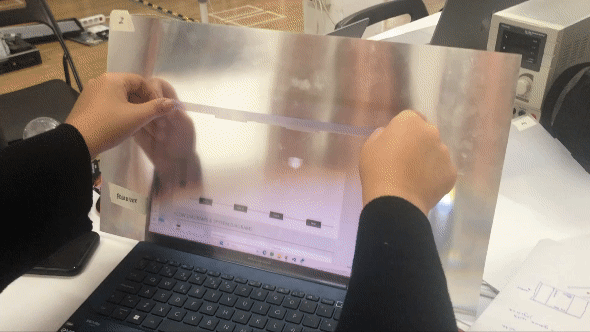
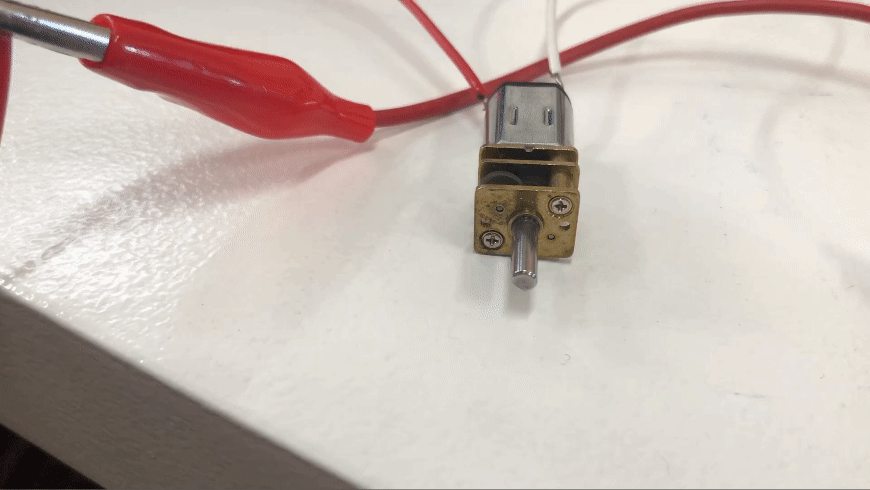
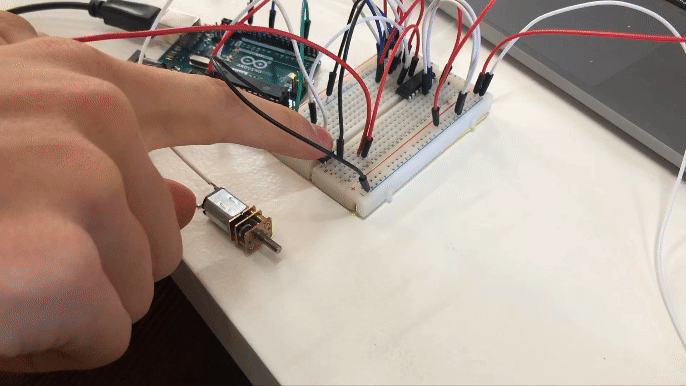
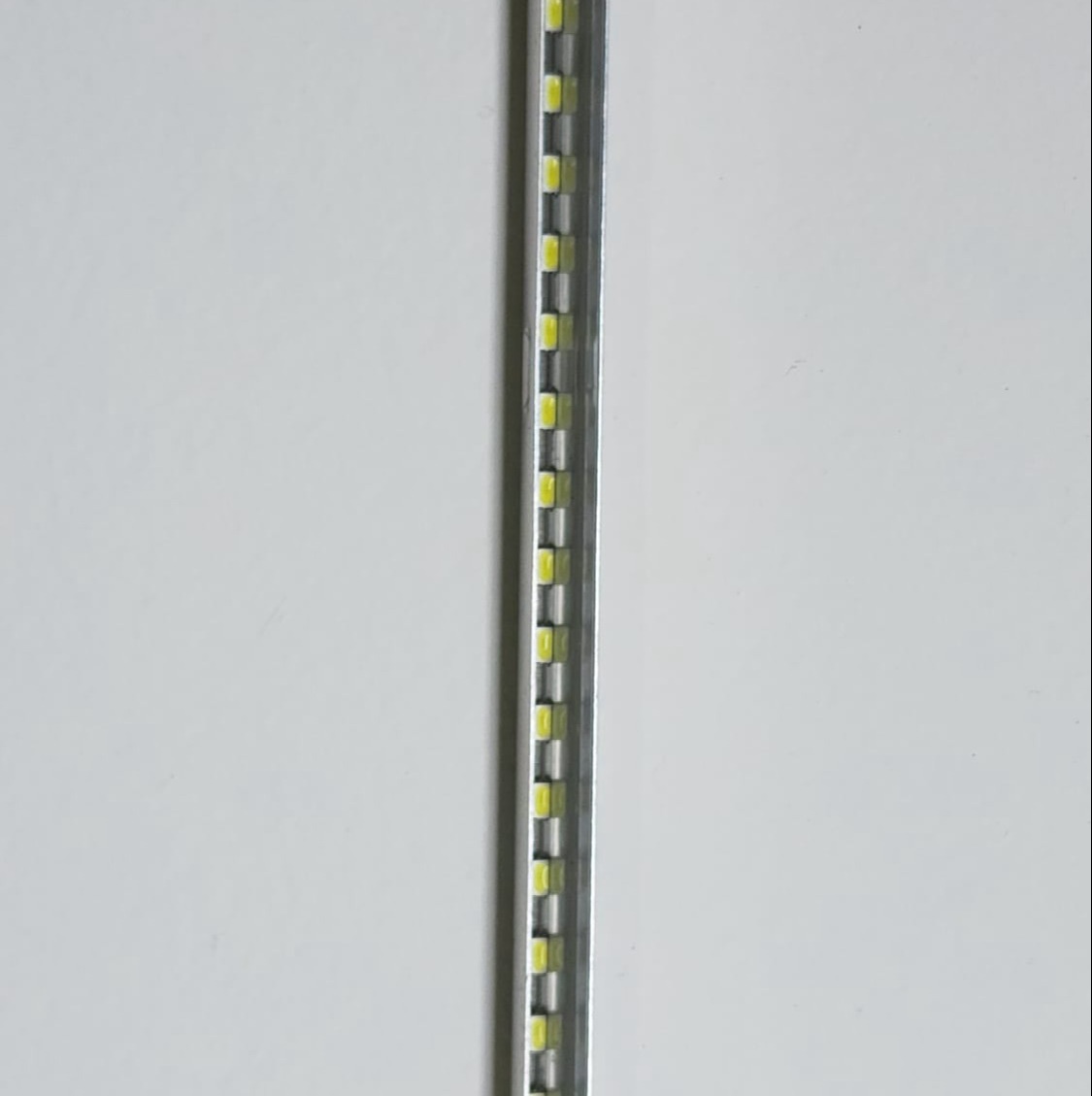
The Led Ray lights, aka Backlight LED String refers to a specific arrangement of Light Emitting Diodes (LEDs) used in the backlighting of various displays, such as LCD (Liquid Crystal Display) panels or LED TVs. The backlight LED string is an essential component in these displays, and its primary function is to provide uniform and adjustable illumination behind the screen, allowing the content to be visible.

The polarizing film controls light transmission and shows images on liquid crystal displays. Without this technology, the display would only glow white and no text or images would be visible.
HTML Maker